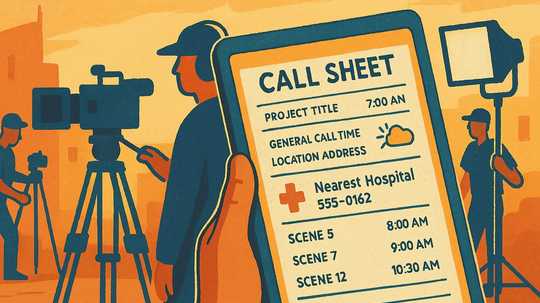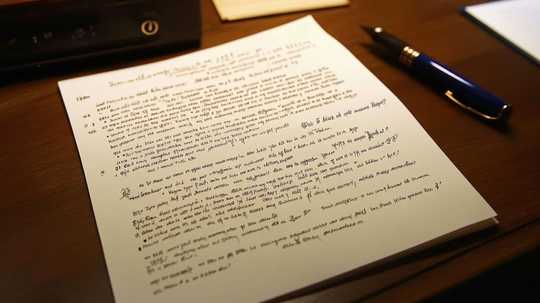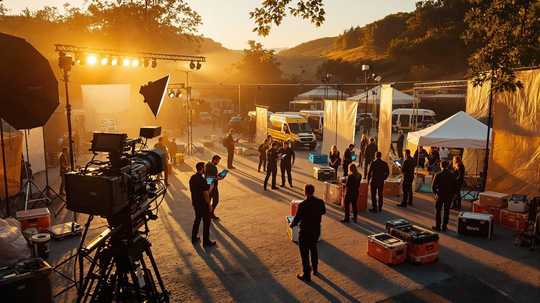Practical guide for vertical series: estimate filming days with a clear manual method or use Filmustage scheduling to get AI-powered day counts and optimize by clustering locations, batching talent, and balancing days.
Behind every smooth shoot isn’t just talent or tech - it’s timing. And at the center of it all? A single sheet that holds the day together. Call sheets are the heroes of set life, blending order with instinct and turning film chaos into clockwork precision and calm.
Juggling multiple shoot locations means more than just moving gear - it requires precise coordination. When every minute counts, a well-planned call sheet becomes your crew’s lifeline. This guide will explore innovative strategies for simplifying call sheet creation for even the most complex setups.
In today’s film industry, time and resource management is everything. AI-powered platforms like Filmustage bring clarity to complex schedules by enabling real-time collaboration, early risk detection, and visual planning tools to keep productions efficient, focused, and on schedule.
A shooting schedule does more than map out shoot days - it keeps the entire production running smoothly. With cloud-based tools and collaboration, teams can manage resources, timelines, and gear with precision. Here's how scheduling ensures your film wraps on time - without the chaos
Crafting a shooting schedule for effects-heavy films is a balancing act of creativity and logistics. From coordinating VFX shots to managing CGI-dependent scenes, every detail matters. Smart planning ensures smooth production, minimizes delays, and keeps budgets on track.
A film call sheet is the backbone of any production, keeping cast and crew organized and informed. It outlines the day's schedule, locations, and key details to ensure everyone is prepared, helping shoots run smoothly and efficiently from start to finish.
"Eights" are Hollywood's secret mathematical language — a tactical grid that separates ambitious dreamers from effective directors. As manufacturing costs skyrocket and schedules tighten, mastering this precision tool helps complete production on time.
On set, production coordinators worldwide face wrestling with spreadsheets and phone lists to create call sheets before cast and crew arrive. This administrative tightrope walk devours precious hours and invites costly errors that ripple through production schedules like dominoes.
In the logistics of filmmaking, success depends on masterful planning. As productions go through a complex process of cast availability, equipment coordination, and location access, even one misaligned element can cause a costly cascade of delays, challenging filmmakers to maintain their vision.
Get ready to explore the world of film scheduling, where every moment counts! You might be surprised to learn that the silver screen's biggest challenge isn't always capturing the perfect shot - it's getting everyone in the right place at the right time.
Filmmaking success lies in the delicate choreography of time, talent, and resources. From indie productions to blockbuster epics, mastering the art of scheduling transforms chaos into cinematic brilliance, making every minute on set count toward your creative vision.
Ready for a behind-the-scenes reality check? While Hollywood's legendary overtime culture might seem like the path to peak productivity, the numbers tell a different story. Smart scheduling isn't just saving productions – it's revolutionizing how we think about film crew efficiency.
The art of film scheduling transcends timeline management. As productions with adaptable schedules complete projects much faster, modern filmmakers must master the delicate balance between structure and flexibility.
Want to know what separates successful film productions from budget-burning disasters? It's not luck or magic - it's the art of strategic pre-production planning. Time to transform film projects from potential chaos into cinematic hits.














